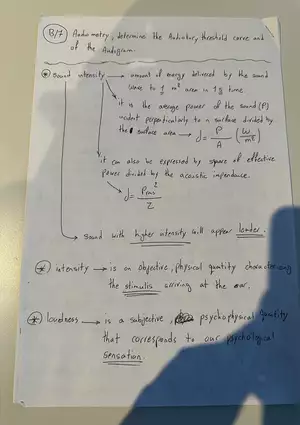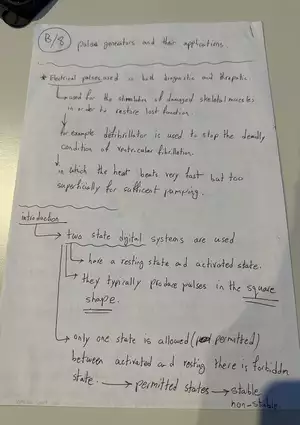Assignment
Assignment - Kinematics problems
-
University:
Saint Louis University -
Course:
PHYS 4110 | Intro to Biophysics Academic year:
2025
-
Views:
0
Pages:
5
Author:
customer-8115227
Report
Tell us what’s wrong with it:
Thanks, got it!
We will moderate it soon!
Report
Tell us what’s wrong with it:
Free up your schedule!
Our EduBirdie Experts Are Here for You 24/7! Just fill out a form and let us know how we can assist you.
Take 5 seconds to unlock
Enter your email below and get instant access to your document










